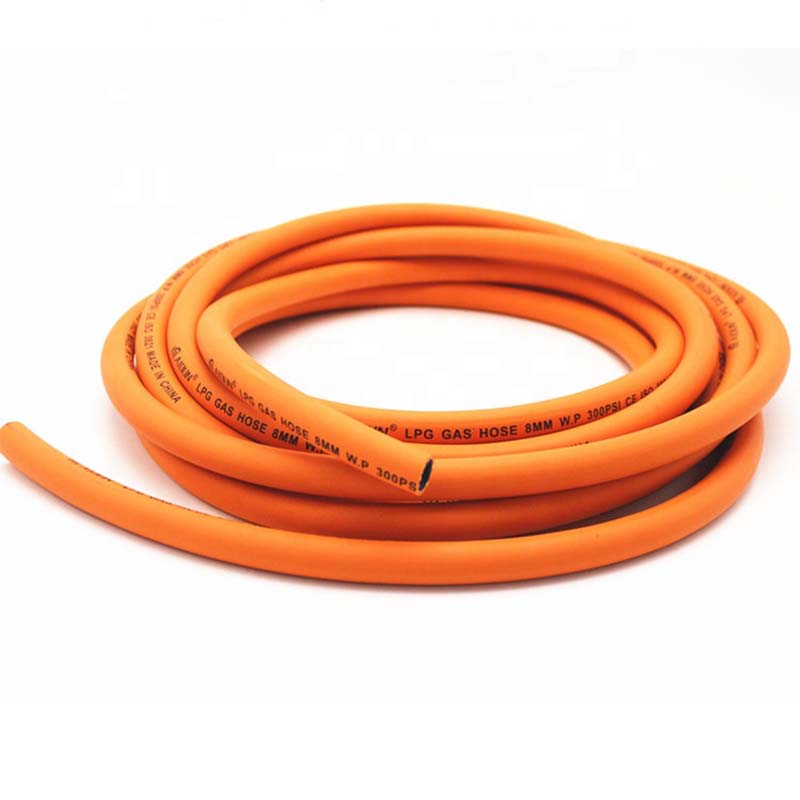aluminum foil flexible duct
The Versatile Applications of Aluminum Foil Flexible Duct
Aluminum foil flexible ducting is an increasingly popular material used across various industries due to its unique properties and versatile applications. This ducting solution is particularly valued for its lightweight, durability, and ability to resist heat and moisture. In this article, we will explore the different aspects of aluminum foil flexible ducts and their wide-ranging uses.
Composition and Characteristics
Aluminum foil flexible ducts are constructed from thin layers of aluminum foil that are combined to create a highly flexible and resilient tubing. The inherent properties of aluminum, such as its resistance to corrosion and excellent thermal conductivity, make these ducts ideal for a wide array of applications. One of the most significant advantages is their flexibility, allowing them to be easily installed in tight spaces or around corners without losing effectiveness.
Applications in HVAC Systems
One of the primary uses of aluminum foil flexible ducts is in heating, ventilation, and air conditioning (HVAC) systems. These ducts facilitate the efficient transfer of air throughout residential and commercial buildings. Due to their lightweight nature, installation is quick and does not require extensive structural support. Furthermore, aluminum foil ducts are excellent at maintaining consistent airflow, significantly improving the energy efficiency of HVAC systems. They can withstand high temperatures, making them suitable for both hot and cold air distribution.
Food and Pharmaceutical Industries
Another important application of aluminum foil flexible ducts can be found in the food and pharmaceutical sectors. In these industries, maintaining a sterile environment is crucial. The smooth surface of aluminum foil helps prevent the accumulation of dust and microbes, which could contaminate products. Additionally, the ducting is easy to clean and can be used in various sanitation processes, ensuring compliance with health regulations.
aluminum foil flexible duct

Industrial Use and Fume Extraction
In industrial settings, aluminum foil flexible ducts play a vital role in fume extraction and dust collection systems. Many manufacturing processes produce harmful vapors and particulates, and effective ventilation is essential to ensure worker safety. The lightweight and flexible nature of aluminum foil ducts makes them perfect for connecting different equipment in a way that facilitates efficient extraction of airborne contaminants.
Advantages Over Traditional Ducts
Compared to traditional duct materials like steel or plastic, aluminum foil flexible ducts offer several distinct advantages. For one, their lightweight construction makes installation significantly easier. They can be easily maneuvered into position, reducing labor costs and installation time. Additionally, aluminum foil ducts are less prone to rust and corrosion than metal options, enjoying a longer lifespan with correct maintenance.
Environmental Considerations
Another important factor in the growing use of aluminum foil flexible ducts is their eco-friendliness. Aluminum is a recyclable material, and using aluminum ducts contributes to sustainability efforts in construction and manufacturing. Many manufacturers now emphasize responsible sourcing and recycling processes, enhancing the overall environmental benefits of aluminum products.
Conclusion
In conclusion, aluminum foil flexible ducts are an incredibly versatile solution across various industries, from HVAC systems to food production and industrial ventilation. Their lightweight construction, resistance to moisture and heat, and ease of installation make them a preferred choice for many applications. As industries continue to focus on efficiency and sustainability, the relevance of aluminum foil flexible ducts is likely to increase, making them a critical element in modern infrastructure and manufacturing processes. Whether ensuring the safety of industrial workers or providing efficient climate control in homes, the role of aluminum foil flexible ducts in everyday operations cannot be understated. As technology progresses, we can expect to see even more advancements in the design and application of these versatile ducting systems.
-
Unrivaled Performance and Applications of PU Pneumatic Hoses and TubesNewsJun.11,2025
-
The Transparent World of Industrial Tubing and Hosing SolutionsNewsJun.11,2025
-
The Intricate World of Pneumatic Conduits: Tubes and HosesNewsJun.11,2025
-
The Dynamic Landscape of Pneumatic Conduits: Unraveling Key ComponentsNewsJun.11,2025
-
The Diverse Applications and Significance of Transparent PVC TubingNewsJun.11,2025
-
High - Pressure Pneumatic Tubing and Systems: An In - Depth LookNewsJun.11,2025














